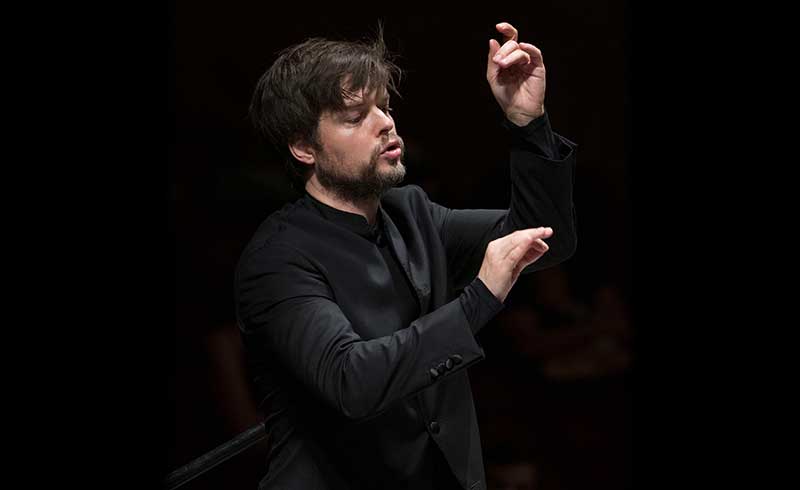
March 11, 2021
Conductor Juraj Valčuha on Copland, Beethoven & Perkinson
The evolution of music as a multicultural medium underwent significant development throughout the 20th century as innovations in transportation and communication led to a more global society. As evidenced by the pieces on this weekend’s program, the blending of music across continents and genres transitioned the discipline into the postmodern world. The second movement of Copland’s Clarinet Concerto conceptualizes native South American sounds mixed with the canons of North American jazz—a concept also mirrored by our program’s opening piece, Coleridge-Taylor Perkinson’s Sinfonietta No. 1 for Strings. Perkinson defined his early career by melding the musical styles of Bach, Barber, and Copland before creating his own distinct styling that would later characterize his decades-long career.

Following the theme of transitions, Beethoven’s Second Symphony, also featured on this weekend’s program, was composed around the time the composer was grappling with the early stages of his hearing loss. Beethoven channeled his emotions into his music, which spearheaded a noticeable transition between the more Mozartian style of his first works into the lush, romantic pieces that would come to define his musical genius.
We spoke with Juraj Valčuha, music director of the Teatro di San Carlo in Naples and guest conductor for this weekend’s concert, about his process for programming this homage to multicultural music.
Houston Symphony: This program features a mix of genres with two pieces influenced by jazz music and a more traditional classical work by Beethoven. How involved were you in the programming process for this concert?
Juraj Valčuha: I suggested the Perkinson to open the program. I think the proximity of different genres and musical languages is extremely stimulating for an audience. The pieces exemplify how stylistic differences unify to dialog, interact, influence each other, and provoke an infinite variety of emotions inside us.
HS: Why do you think Copland’s compositions have made such a lasting impact on American music repertoire?
JV: He wanted to compose music that was a reflection on American traditions and culture, released from European influences. During his studies in France with Nadia Boulanger, she encouraged him to develop his own style based on jazzy Jewish street music. He largely contributed to the creation of the American sound.

HS: Is there a particular work that you’re most looking forward to conducting?
JV: I’m very much looking forward to the entire program, but I have a personal story with the Copland Clarinet Concerto. When I was 16, I heard this piece for the first time, and it made me want to compose a clarinet concerto myself! I almost finished it, but I may well go back to complete it when I return to Europe.
HS: What can audiences expect to experience during this concert?
JV: I hope each person will, in his or her own way, appreciate this eclectic program. I don’t want to give a definitive answer to avoid robbing audience members their chance to listen and connect to the pieces in their own way, free of outside influence.
Valčuha leads the Houston Symphony in person at Jones Hall, and via livestream, on March 12–14. Tickets are available now.
—Mark Bailes






